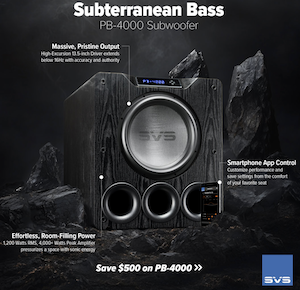Max Rockbin
Registered
Thread Starter
- Joined
- Aug 22, 2021
- Posts
- 4
More
- Preamp, Processor or Receiver
- miniDSP DDRC-24
- Main Amp
- pioneer sc-91 AVR
- Additional Amp
- active speakers
- Front Speakers
- Celestion SL600
- Subwoofers
- Hsu VTF-1
- Other Speakers
- JBL LSR305
I know a lot of people make small changes to their setup and then compare the graphs in REW to see if it made things better.
I'd like to know if there is a way in REW to see a graph of just the difference between two SPL graphs. I think that'd be a really useful quick way to see what actually changed.
For example, here are graphs of before (green) and after (red) moving the location of one of my bass traps and moving my sub (just have one) close to the trap.
It'd be great if, like the generate average button, there was a generate difference button.
For reference - this is of a Genelec 8030c right speaker + sub. Mic in main listening position 4 1/2' from speaker. The bass trap is 2' x 4' x 17" of rockwool positioned in the corner of the room.
old position - flat against the back wall, oriented horizontally - long side on the floor. New position, diagonally in the back left corner, creating a triangular cavity behind the trap - about 16" on a side (top of the triangle & trap covered with wood.) I had read that by creating a cavity like that, you greatly increase the effective thickness of the trap, making it much better at absorbing low bass.

1/24 smoothing:
I'd like to know if there is a way in REW to see a graph of just the difference between two SPL graphs. I think that'd be a really useful quick way to see what actually changed.
For example, here are graphs of before (green) and after (red) moving the location of one of my bass traps and moving my sub (just have one) close to the trap.
It'd be great if, like the generate average button, there was a generate difference button.
For reference - this is of a Genelec 8030c right speaker + sub. Mic in main listening position 4 1/2' from speaker. The bass trap is 2' x 4' x 17" of rockwool positioned in the corner of the room.
old position - flat against the back wall, oriented horizontally - long side on the floor. New position, diagonally in the back left corner, creating a triangular cavity behind the trap - about 16" on a side (top of the triangle & trap covered with wood.) I had read that by creating a cavity like that, you greatly increase the effective thickness of the trap, making it much better at absorbing low bass.
1/24 smoothing:












